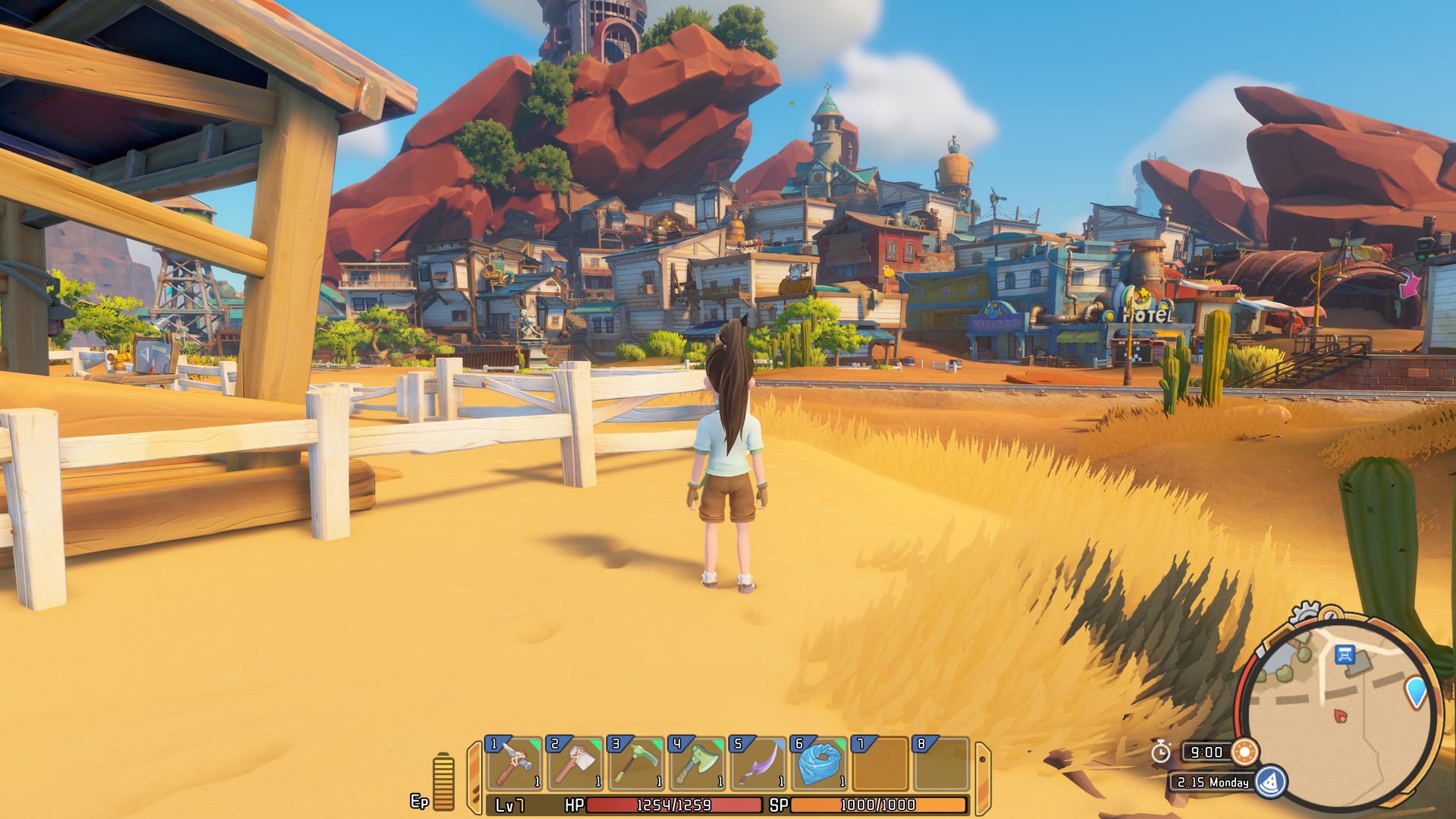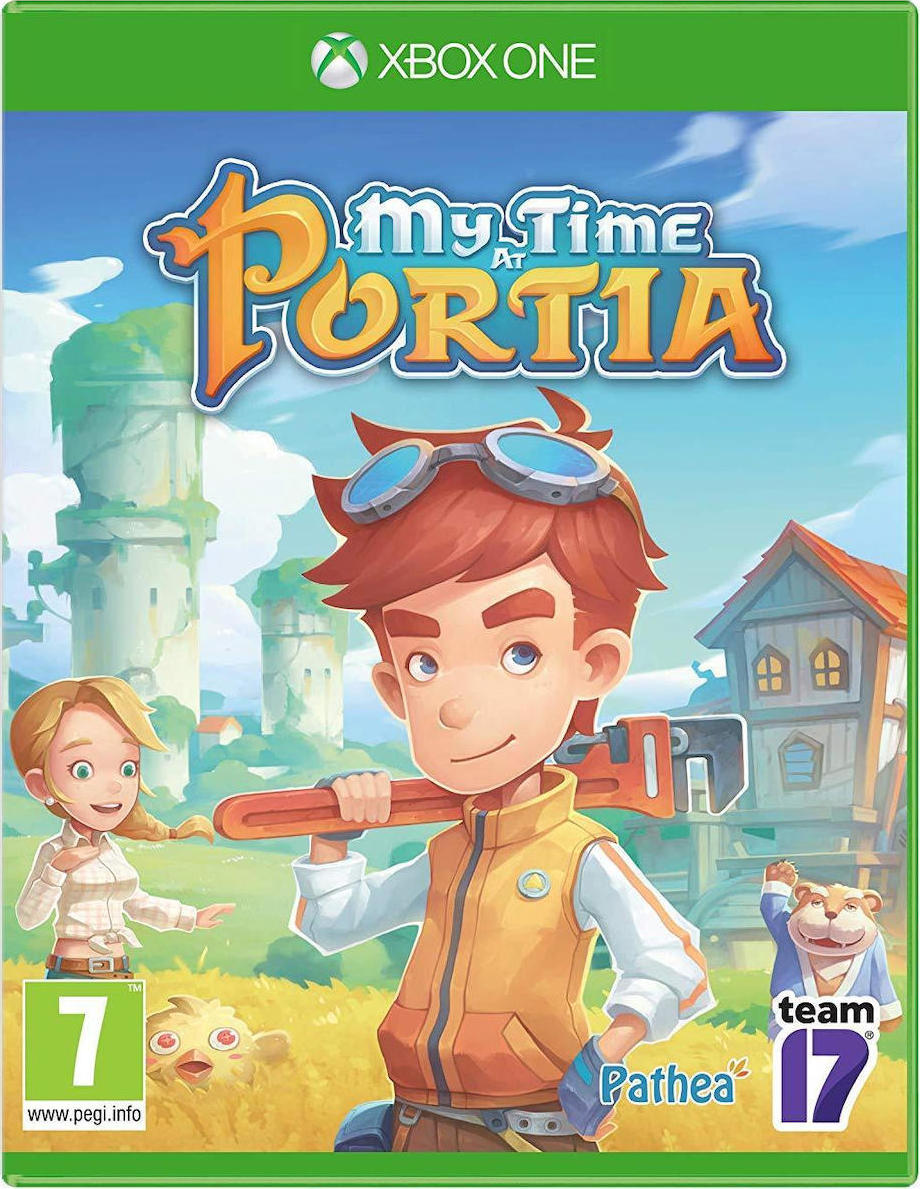

My Time at Portia also carries a narrative thread, there is indeed a scenario with each chapter that is punctuated by a particularly challenging construction, pushing you to improve your workshop and your equipment. It also tries to reward the player whenever he explores the map, with some resource chests hidden at various places. The game features a combat system complete with bosses, dungeons, some platforming puzzles, the works. This brings us to the final layer: the adventure game aspect. You can become friends with an NPC, ask them out on a date and then become lovers or even get married and have children (and pets). The more contracts you complete, the more your shop's reputation grows and the more rewards you receive for upgrading your equipment and your home. Your place in the community of Portia and your relationships with its inhabitants evolve.


The penultimate layer of My Time at Portia is the life simulation layer. Some shops or buildings will close at a certain time, a character whom you want to talk to will not necessarily be at the same place depending on the time in the game.Ĭheck out how large Portia is! / © NextPit This means that each NPC (non-player character) around you has his or her own personality, preferences, job, and schedule. Portia's map is quite large and its world is meant to be consistent and immersive at the same time. This brings us to the third layer: the open world concept. Your character has a life and stamina bar which will deplete as you complete your tasks, and the game has a day/night cycle that will affect your progress. Each construction project that you are assigned to requires specific resources that need to be mined, lumbered, or manufactured. This is where the second layer of the game comes into play: management. This automatically elevates you as one of the official builders hired by the municipality. In this open world game, you play the role of a craftsman who has taken over his father's workshop in the fictional town of Portia. You play a created character from scratch (most of the attributes, anyway) that is normally how a classic role-playing game (RPG) works, where you venture in an open world that is presented via a third-person view. This type of game genre can be rather difficult to define since it mixes several elements of various genres with several layers to consider. To sum it all up in a single sentence, I would say that My Time at Portia is a third-person view RPG that is mated to resource management game mechanics set within an open 3D world and is completed by a combat system, platforming and life simulation aspects.


 0 kommentar(er)
0 kommentar(er)
